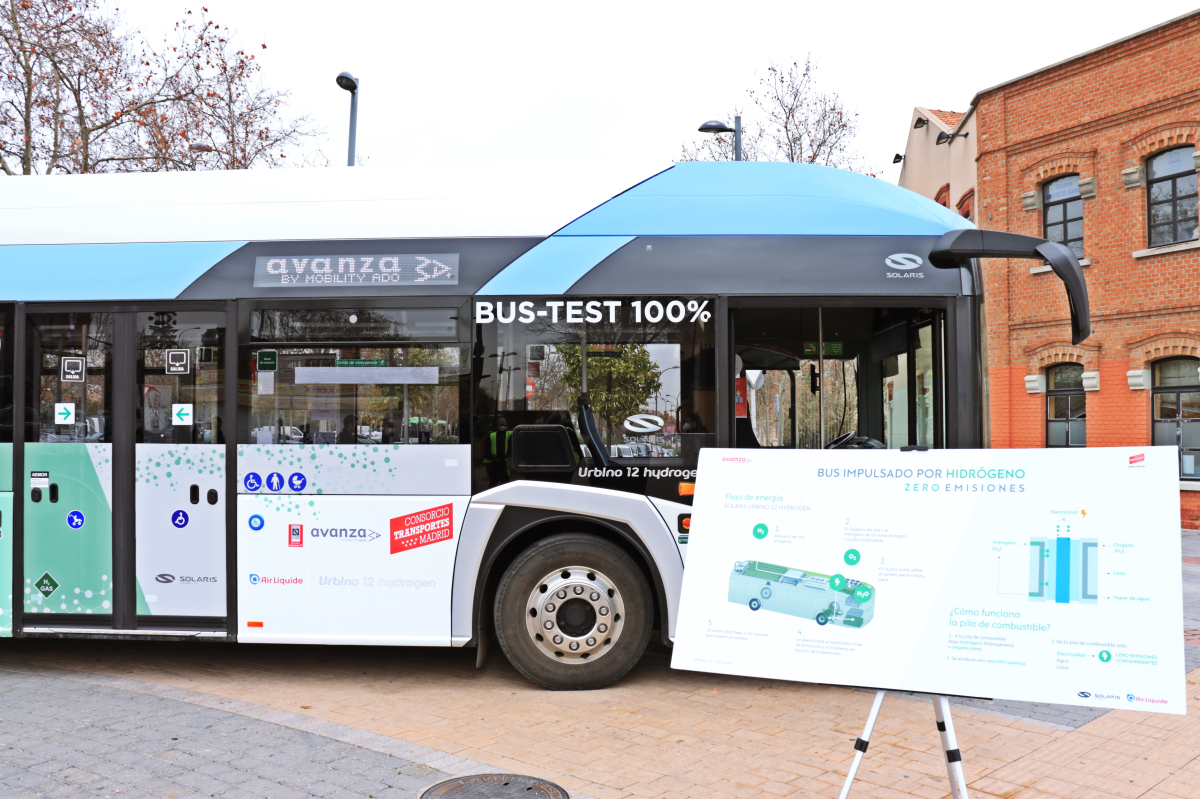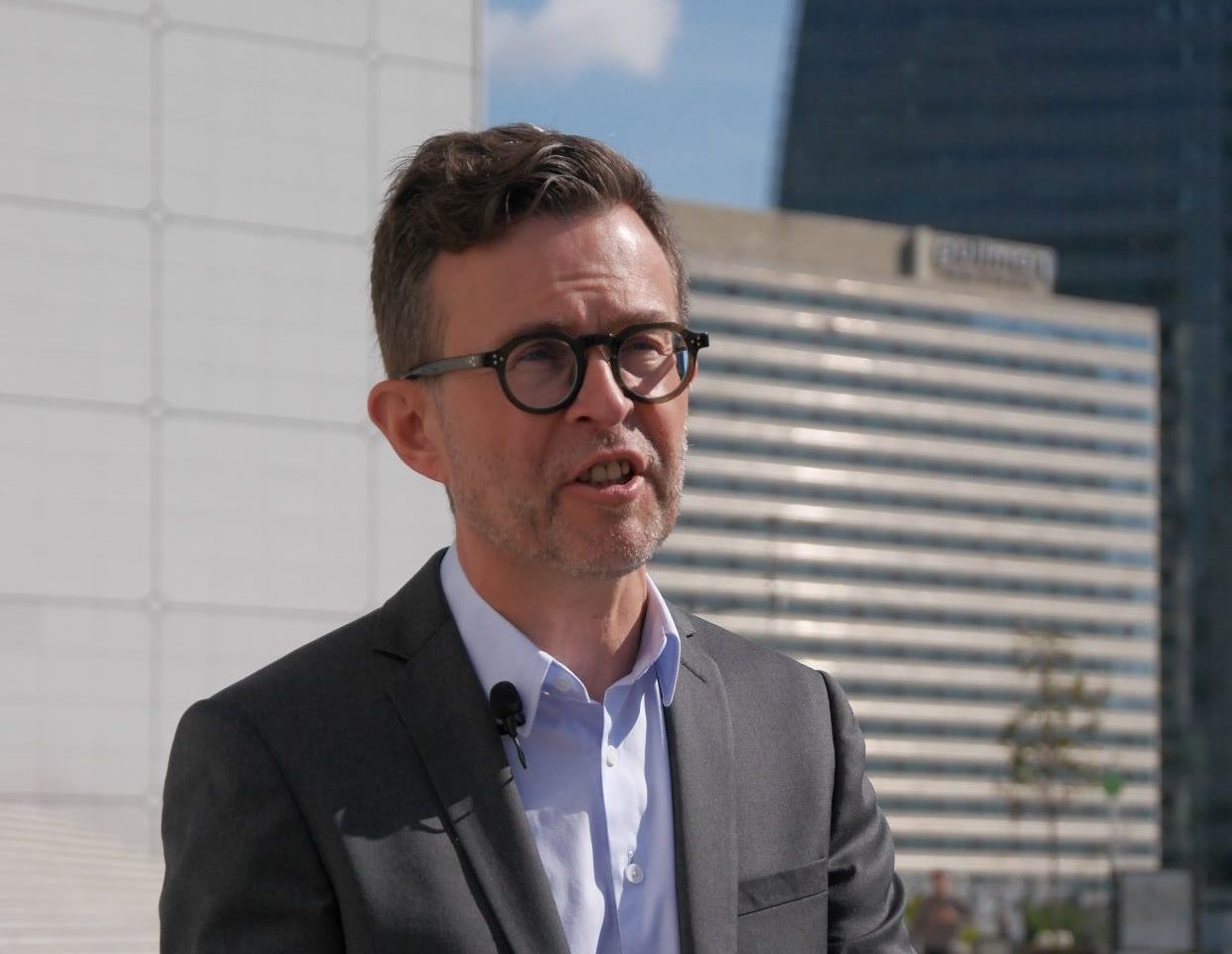
Photo: Rana Adib
The energy transition will not happen without a transport transition
10 June 2022
Rana Adib, Executive Director of global renewable energy community REN21, shares her perspective on mobility and renewable energy, and how both can effect positive change.
What is the carbon footprint of transport worldwide and what is the emissions reduction potential of powering transport with renewable energy?
Rana Adib (R.A): The carbon footprint from the transport sector is actually really important. Transport is responsible for 21 percent of CO2 emissions, and road transport represents a big part of this (15 percent). What’s really important is to reduce transport – shifting to walking, cycling, public transportation, rail etc. But the reality is that, although this will reduce energy consumption, there will still be a demand for energy. And what is fundamental here is that this demand gets covered by renewable energy, because otherwise we are not fully decarbonising the transportation sector.
The energy we are consuming for transportation is very significant. It represents 32 percent of the total final energy demand. The big challenge is that it currently depends on fossil fuels, and renewable energy only represents 3.7 percent. Now, the question is, is moving to renewable energy feasible? Yes, it is, because there is clearly a trend on electrification, and renewable electricity today is the cheapest option. So this is technologically and economically feasible, and it has many environmental and social benefits. When it comes to some other sectors, like shipping and aviation, for instance, it is more challenging. But the reality is that there are also technological solutions there. Obviously, biofuel, which today already represents the largest share of renewable energy in transportation, but also synthetic fuels that are renewable-electricity based.
What are the low hanging fruits for the rapid development of renewables for mobility?
R.A: The low hanging fruits in mobility are actually in moving to renewable energy, everything which is electricity-based, because renewable electricity is the cheapest option. It is already a technological standard and its availability is widespread. So here we are speaking about electric mobility, whether it is fleets, or buses, two or three wheelers, electric rail. These are the low hanging fruits. And what is important is that policies clearly target public transportation fleets as well as commercial fleets, because these can create real markets, not only for e-mobility, but also for renewable electricity, and accelerate the development of renewable electricity generation.
What will be the benefits for people and the economy?
R.A: There is one global benefit, which is to reduce CO2 emissions, but also to build climate-resilient infrastructure for energy and transportation. This seems to be the obvious one. What is really interesting is that there is also a clear local benefit and economic benefit to move to renewable energy. Local benefit, in terms of reduced air pollution, because internal combustion engines, fossil fuel-based, are responsible for local pollution. Moving to electric mobility and renewable-based e-mobility will reduce the local air pollution impacts. Especially in the current energy crisis, we see that renewable electricity and renewable energy can provide a secure and sovereign fuel that is being used in transportation. Moving to the cheapest option, which is also a stable cost, is something which clearly creates economic benefits for fleet operators. And these can be redistributed to users.
What are the key policies that countries must put in place to accelerate the transformation towards sustainable transport?
R.A: What needs to happen is a strong collaboration and integration of policies that are advancing the energy and the mobility transitions. This is the first part, and this can happen obviously with a policy and regulatory framework that pushes the electrification of transport, but at the same time ensures that the electricity we are using is coming from renewable energy sources. The other part is the need to accompany the private sector to also engage in this transition. Today, economically, the reality is that renewable electricity is the least-cost option, but many countries still subsidise fossil fuel. So as a result, public procurement, whether it is from national governments and from city governments, is fundamental to create the demand and engage the industry in advancing sustainable transportation.
Q: How important is a strong collaboration between governments and private companies? In this regard, what is the role of global gatherings like Global Mobility Call in advancing sustainable mobility?
R.A: When speaking about the mobility transition as well as the energy transition, we are speaking about deep structural changes. Ultimately, it is about societal choices. And these changes require societal acceptance. This can only be ensured by having the engagement of governments at all governments levels, but also of the private sector, the citizens and the civil society at large. I think what is really interesting about a global gathering like the Global Mobility Call this June, but also the International Renewable Energy Conference, which will happen also in Spain in February next year, is that we can bring those different stakeholders around the table to exchange on the various perspectives, identify the common grounds, understand the opportunities for collaboration. Low hanging fruits, win-win situations to really accelerate the transition, to reach the goals of the Paris Agreement. What I think is important to say is that the energy transition will not happen without a transport transition, and the energy transition won’t happen without the transport transition. So it’s also an opportunity to basically bring the sustainable mobility community and the renewable energy community together, strengthen the bridges and advance thought leadership.






